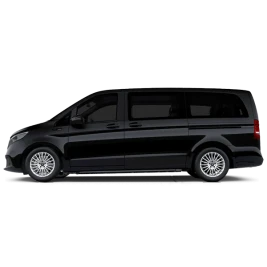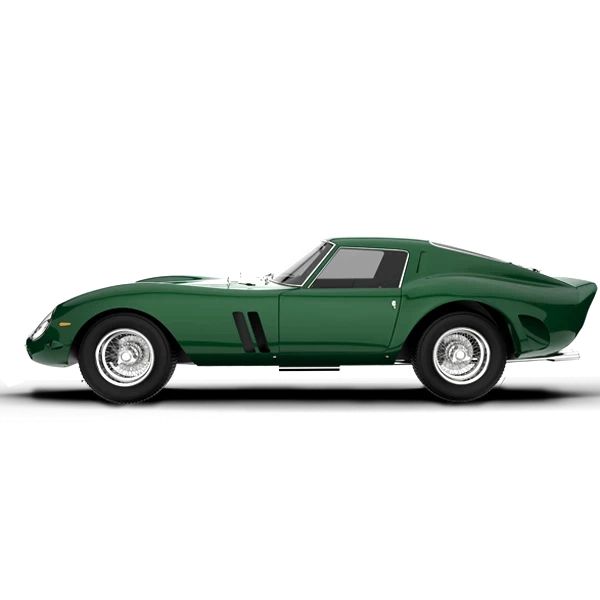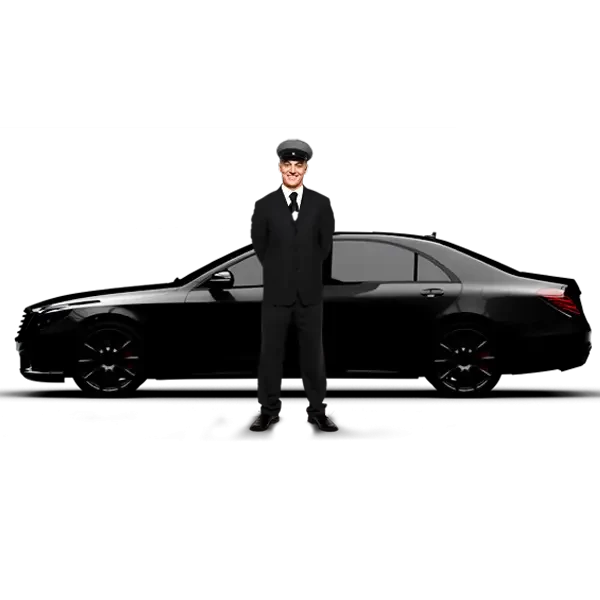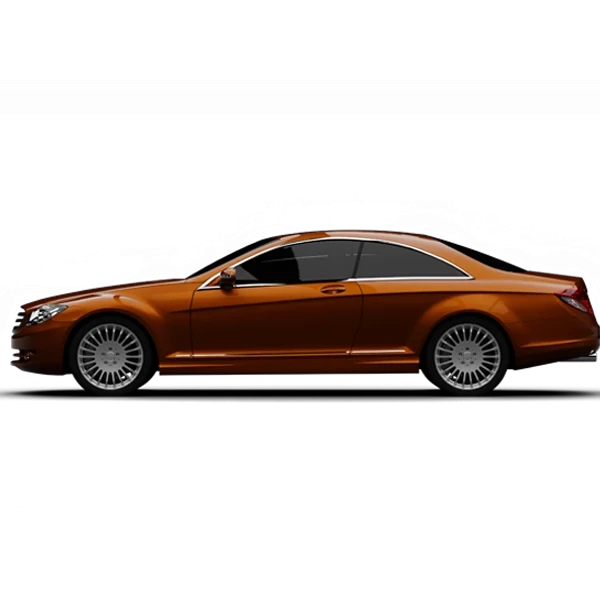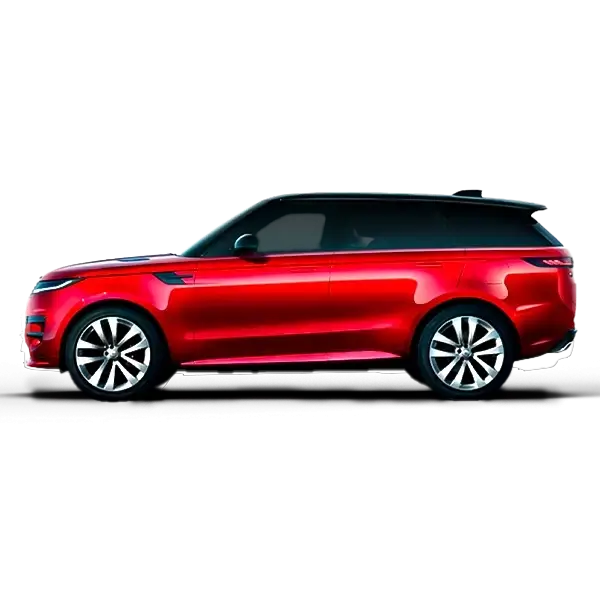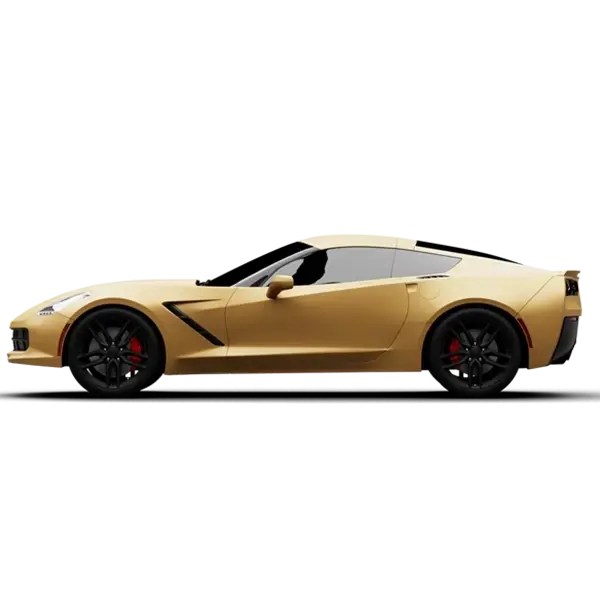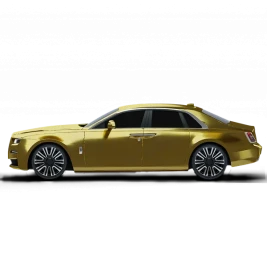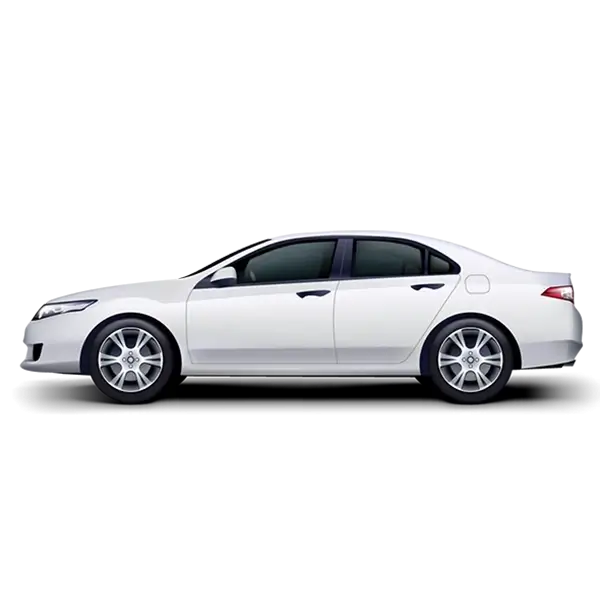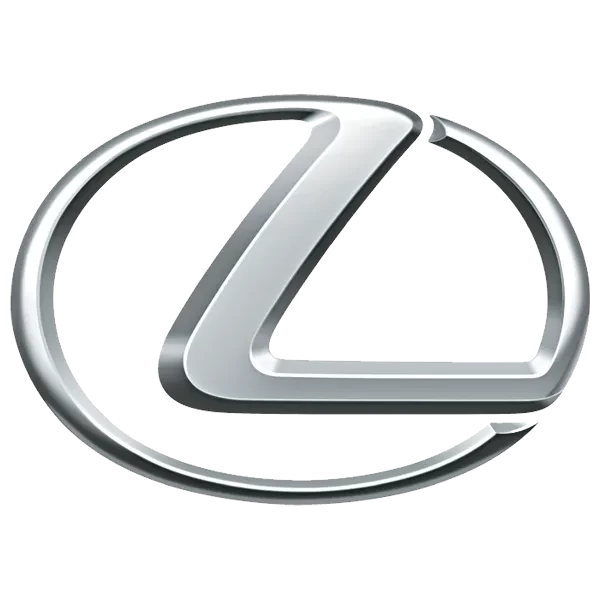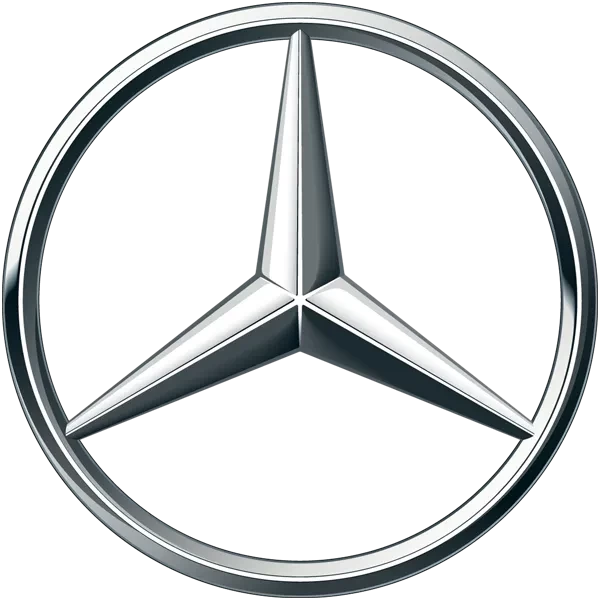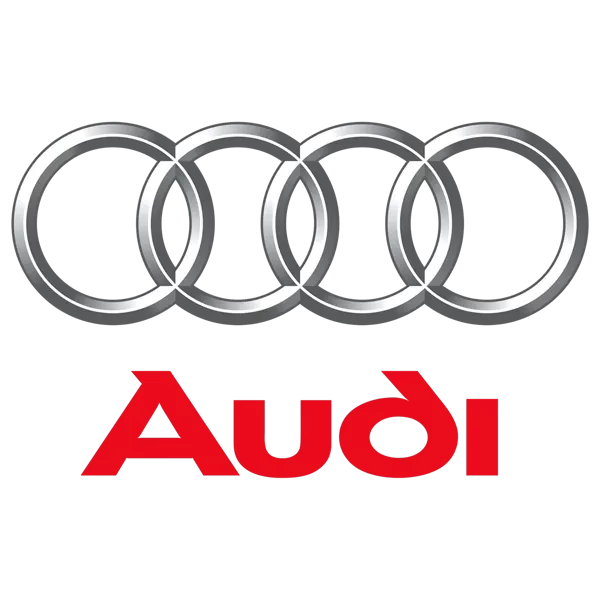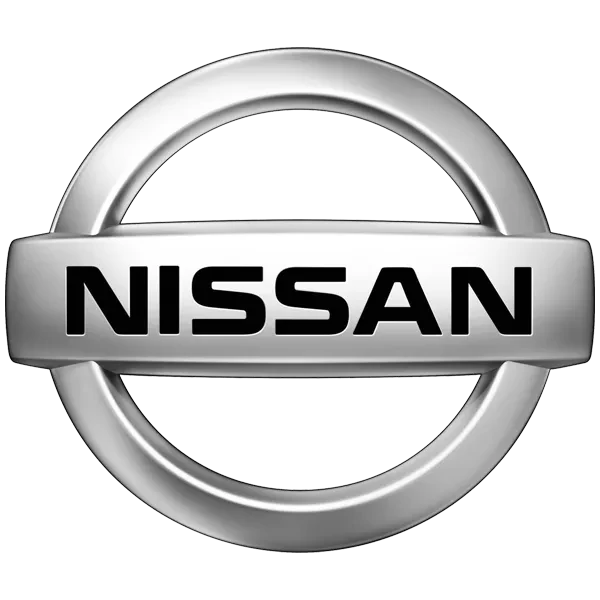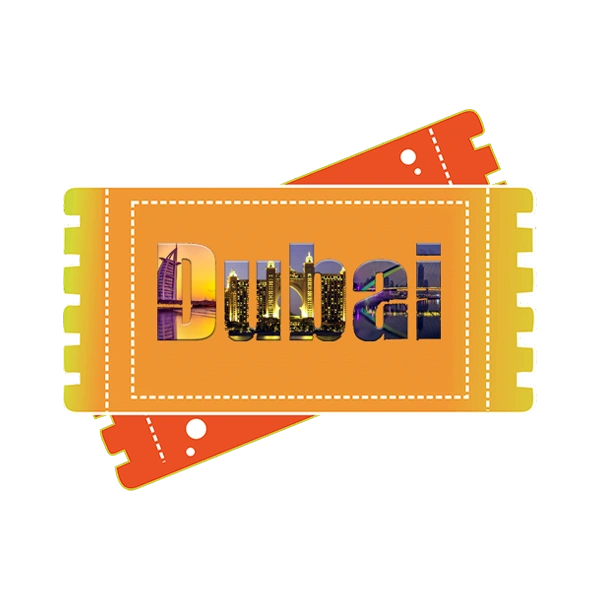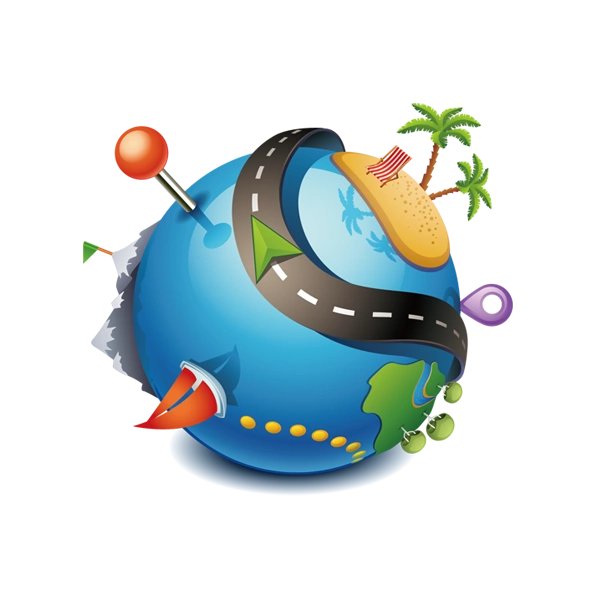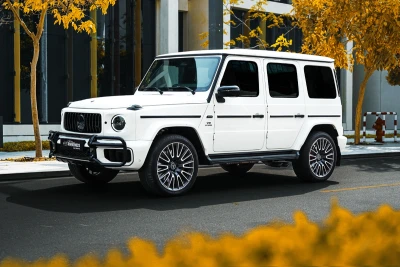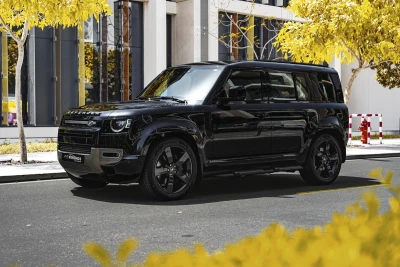The Future of Fuel in Dubai: Biofuels, EVs, or Hydrogen?
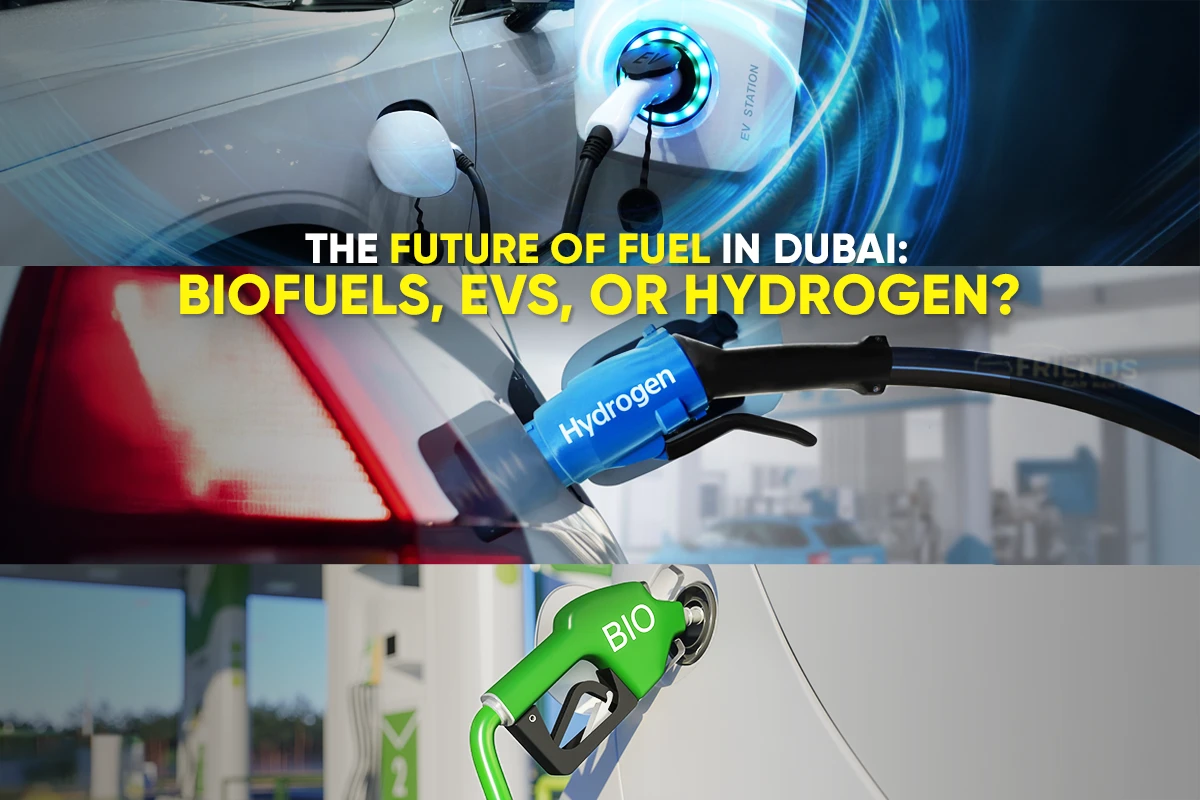
The UAE aims for a net-zero carbon emission by 2050—a giant step towards a greener future. While several aspects contribute to the UAE’s 206 million metric tons of CO2, Dubai’s transport sector alone is responsible for ~7–10%. With the Dubai Clean Energy Strategy 2050 at the heart of this shift, fossil fuels will fade, vacating the spot for other eco-friendly contenders, like biofuels, EVs, and hydrogen. But which fossil fuel alternative will prevail and power Dubai’s future? This post evaluates their feasibility and costs, offering a clear roadmap for residents, policymakers, and investors on the future of fuel in Dubai.
Dubai’s Fuel Challenge: Why It Matters
Dubai’s futuristic approach to sideline the fossil fuel dependency is indeed a ginormous challenge. The emirate targets 75% clean energy by 2050 (per Dubai Clean Energy Strategy 2050) and 100% zero-emission public transport by 2050 (per RTA Green Mobility Strategy). With only 2.2% of EVs (33,000) out of ~1.5 million vehicles navigating the Dubai roads, transport is a massive hurdle in achieving the ultimate goal.
DEWA confirmed 7% clean energy achievement by 2020 and 25% targeted by 2030. Furthermore, Dubai Road and Transport Authority (RTA) plans 10% electric buses by 2030, targeting 30% of public transport to be EVs, with incremental goals toward 2050. While the positive steps toward a greener future of Dubai have already been set into motion, only the future will tell its ultimate result. With alternative fuels—biofuels, EVs, and hydrogen—being considered to reduce emissions and ensure energy security, it remains to be seen if Dubai can cement its role as a clean energy leader.
Now, let’s explore the alternative fuels for a cleaner future that best fit Dubai’s infrastructure, economy, and climate ambitions.
Biofuels: A Bridge to Sustainability
Biofuels are liquid fuels produced from renewable biological sources such as plants (Camelina) and algae. These renewable fuels, like ethanol (from sugarcane, sugar beet, or maize), biodiesel (from canola or soybeans), and sustainable aviation fuel (SAF) are the perfect transitional bridge to a greener transport in Dubai. However, these biofuels also come with limitations that can overshadow their advantage in the long term. Here are the advantages and challenges of biofuels:
Advantages:
These biofuels don’t require new engine retrofits as they seamlessly blend with the existing petrol and diesel infrastructures.
ADNOC’s biodiesel trials and Emirates’ SAF flights showcase up to 80% carbon emissions reduction (e.g., camelina SAF cuts 24% CO2).
Challenges:
UAE’s limited arid land and water constraints cap scalability, leading to feedstock scarcity.
Production costs are 1.5–2x higher than fossil fuels, straining affordability.
Unsustainable sourcing leads to excessive deforestation (doesn’t align with the green earth goal) somewhere else.
Biofuels seamlessly complement EVs and Hydrogen fuel for short-term needs, until greener alternatives scale. However, it doesn’t support Dubai’s net-zero 2050 goal in the long term.
Electric Vehicles (EVs): The Current Frontrunner
At present, electric vehicles (EVs) are the best green fuel choice in the context of Dubai and the whole world. They fully align with the emirate’s goal of 75% clean energy goal by 2050. While EVs offer lower running costs ($0.03/km vs. $0.06/km for petrol), driving more adoption rates in Dubai, they also come with a few challenges of their own. These are the notable advantages and challenges of EVs in Dubai:
Advantages:
EV’s zero tailpipe emissions directly contribute to Dubai’s green earth goal.
Mohammed Bin Rashid Al Maktoum Solar Park extension (3.5 GW by 2030) and DEWA and TAQA’s plan for 70,000 EV charging stations in the emirate by 2030, aid the green energy goal by 2050.
EVs require 50% less maintenance cost and ~50% running cost (charge vs petrol) increases affordability and drives more adoption. Eventually supports RTA’s all-electric transport goal.
Dubai’s massive investment in EV-focused infrastructures and future plans, combined with other Emirates puts the UAE in the 8th global ranking in EV readiness. A clear indication towards a carbon-emission-less city.
Challenges:
EV battery production emissions: 2.5-16 tons of CO2 per battery means no 100% cut in carbon footprint.
EVs require time to fully charge, the fastest time being 80% charge in 20-40 minutes. The average charge time can range from 2-4 hours, which is a massive hindrance for heavy-duty vehicles.
EVs are already the current best alternative for ICE-powered automobiles and they, along with hydrogen fuel, will be ideal fossil fuel alternatives in the future as well. With Dubai’s futuristic approach to removing petrol dependency, EVs (electricity), a greener alternative will become vital in the coming years.
Hydrogen: The Future Heavyweight
While Hydrogen is not the go-to alternative for fossil fuel in Dubai at present, it has the highest potential to dominate the future fuel sector. It not only perfectly fits the green earth motto, but also offers satisfactory driving ranges (300-500 km) with appreciable refueling times (~ 10 minutes). While the sky's the limit for hydrogen, some significant limitations need addressing in the future, if it’s to be the major player in the fuel industry. Take a look at its pros and cons:
Advantages:
As water is the only byproduct, similar to EVs, Hydrogen fuel cell vehicles (FCEVs) perfectly fit Dubai’s aim for net-zero carbon footprint by 2050.
They offer a good driving range of at least 300+ km for heavy-duty vehicles, with less time refueling (around 10) minutes, fitting the requirements for trucks and public buses.
With the UAE’s hydrogen strategy of 1.4 million tonnes of green hydrogen by 2031, the nation moves towards a greener future. It signals effort and investments in innovation towards a carbon-free country.
Challenges:
The cost will be significantly higher ($5–6/kg vs. $1/liter petrol). It can impact its adoption among the public, which pushes EV demands and more people opting gas car to EV conversion.
The hydrogen production is not efficient, with losses ~ 60%. It leads to higher prices and limits affordability.
Only two HRSs (Dubai, Sharjah) serve the UAE, limiting scalability.
Investments in HRS expansion (10 targeted by 2030) demand huge amounts, limiting faster growth and innovation.
Hydrogen is a highly flammable element, which requires extra caution while handling.
Despite the challenges, the scope for hydrogen fuel cell vehicles is limitless, especially in Dubai, a city known for innovation and progressive culture. Ideal for heavy vehicles, hydrogen can complement EVs in the future, as EVs take over light vehicles.
Head-to-Head: What’s Best for Dubai?
Determining the best alternative for fossil fuel is a sophisticated task, as it requires proper assessment and evaluation of facts and figures related to emissions, cost, infrastructure, scalability, and policy fit. To simplify your search for the best fuel in Dubai, this comparison reveals the optimal pick.
Emission: EVs and FCEVs have zero tailpipe emissions, whereas biofuels cut down CO2 up to 80%. EVs and FCEVs are ideal picks.
Fuel Cost: EVs are the cheapest ($0.03/km), followed by biofuels ($0.06/km). Hydrogen fuel cell costs aren’t ideal at $0.10/km, due to higher production costs.
Infrastructure Requirements: Biofuels leverage existing fuel pumps—the most convenient. EV charging stations at present are 400+, with 70,000 targets by 2030. Only 2 HRSs in Sharjah and Dubai yet, limiting production. Considering everything, EVs seem more achievable.
Scalability: EVs are ideal due to DEWA’s rapid grid extension. Biofuel is capped by Dubai’s topography and long-term green earth motto. Hydrogen is scalable but needs decades for HRS growth. Again, EVs come on top.
Policy Fit: EVs align with RTA’s 30% electric public transport goal by 2030; hydrogen supports UAE’s 1.4 M-tonne green hydrogen target by 2031; biofuels aid aviation.
Taking all aspects into consideration, EVs are the clear winners at present and for the future. However, with innovation and technological enhancements, hydrogen cell-powered vehicles will also become a go-to fuel, while complementing EVs.
Dubai’s Strategy: Blending Fuels for Success
Dubai’s ultimate achievement of net-zero carbon footprint by 2050 cannot be sufficed by a single fuel. It requires a blend of all fossil fuel alternatives: biofuel (at present) for the transitional periods, and EVs and hydrogen in the near future. The strategic blend of all three fuel types is necessary for decarbonizing the emirate’s 1.5 million vehicles.
Dubai is already on a course for a spectacular achievement with 400+ DEWA EV charging spots (target: 70,000 by 2050), DEWA’s 3.5 GW solar park extension, RTA’s 30% of taxis and buses electric by 2030, 2 HRSs (target: 10 HRSs by 2030), and 1.4 million tonnes of green hydrogen by 2031. Furthermore, ADNOC’s biodiesel and Emirates’ SAF, leveraging existing infrastructures to bridge heavy transport and aviation at present.
Dubai can act wisely with free EV charging, hydrogen subsidies, and SAF to accelerate towards its 2050 goal. UAE’s $13B clean energy investment and AI-driven hydrogen production is an undeniable statement of its commitment to a greener future. If all things go to plan, by 2040, EVs will dominate the light vehicle sector, hydrogen will scale for heavy transport, and biofuels will fade as other alternatives grow. With this hybrid strategy, Dubai can position itself as a global clean mobility leader, balancing innovation and practicality for a sustainable future.
Conclusion
Dubai’s future of fuel is clear as EVs get bigger every day and heavy investments pour into Hydrogen technology. Ultimately, these two forms of fuel and their compatible vehicles will dominate Dubai’s automotive landscape, ensuring a cleaner and greener future for the upcoming generations. While biofuels will not be the long-term solution, EVs and hydrogen cell-powered vehicles will definitely complement each other to support the Emirates’ net-zero 2050 goal, cementing its role as a global clean mobility leader. While the future is uncertain, we can stay positive that Dubai has steered away from petrol-dependency a long time ago, in search of its alternatives. The future of fuel in Dubai certainly leans more towards EVs and Hydrogen than biofuels, for the reasons explained earlier.
Written by: FriendsCar Rental
Published at: Wed, May 28, 2025 12:35 PM
Leave a Reply
Your email address will not be published. Required fields are marked *
Car Rental in Dubai
AED 2500
DAY
AED 0
MONTH
-
 SUV
SUV -
 4 Doors
4 Doors -
 5 Seats
5 Seats
- 1 Day Rental Available
- Deposit: Not Required
- Insurance Included
AED 1700
DAY
AED 36000
MONTH
-
 SUV
SUV -
 4 Doors
4 Doors -
 5 Seats
5 Seats
- 1 Day Rental Available
- Deposit: Not Required
- Insurance Included
AED 1200
DAY
AED 0
MONTH
-
 SUV
SUV -
 4 Doors
4 Doors -
 5 Seats
5 Seats
- 1 Day Rental Available
- Deposit: Not Required
- Insurance Included
AED 1600
DAY
AED 35000
MONTH
-
 SUV
SUV -
 4 Doors
4 Doors -
 5 Seats
5 Seats
- 1 Day Rental Available
- Deposit: Not Required
- Insurance Included
AED 1500
DAY
AED 28500
MONTH
-
 SUV
SUV -
 4 Doors
4 Doors -
 5 Seats
5 Seats
- 1 Day Rental Available
- Deposit: Not Required
- Insurance Included

 عربي
عربي
 English
English
 Français
Français
 Русский
Русский
 中国人
中国人
 Nederlands
Nederlands
 Española
Española
 Türkçe
Türkçe
 Italiana
Italiana
